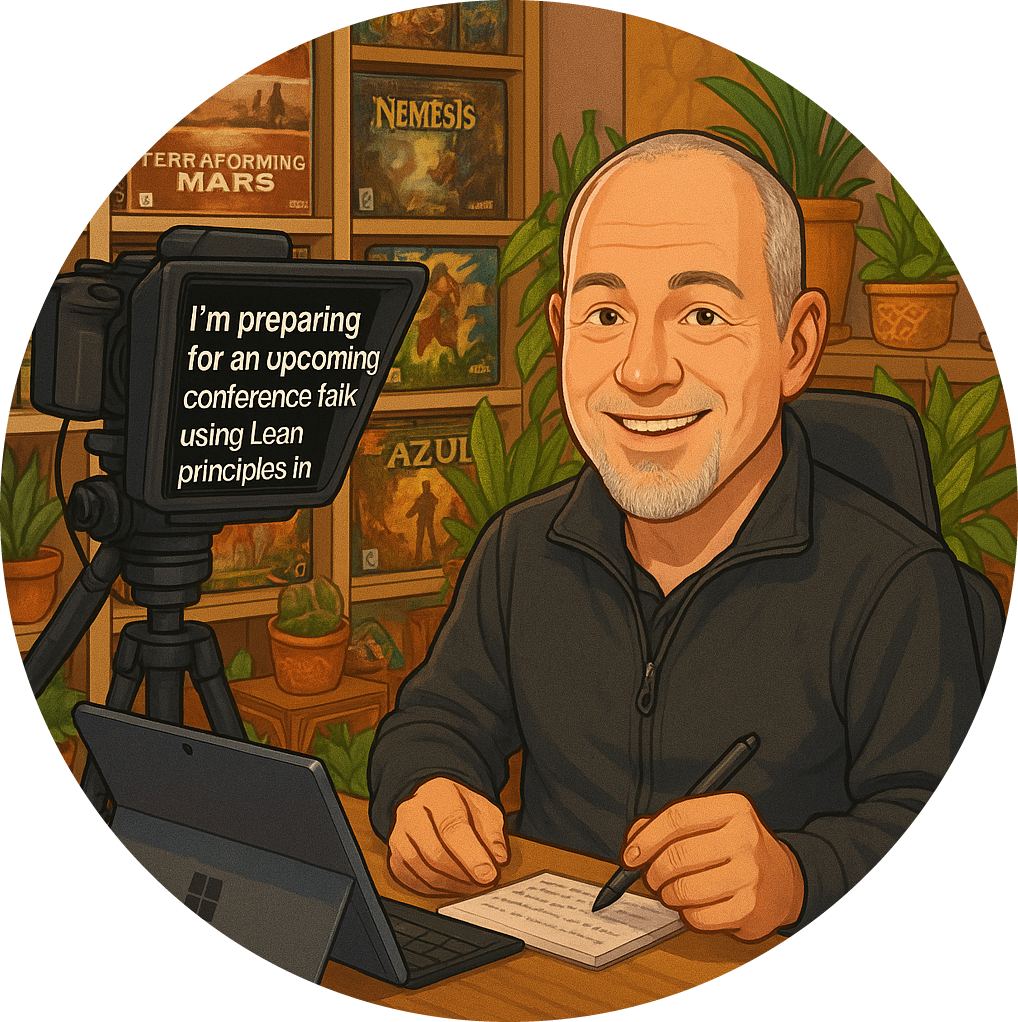Most teams don’t fail because they can’t build. They fail because they don’t finish the right way. This is something I’ve seen time and again, whether I’m working with a start-up finding its feet or a global enterprise wrestling with legacy systems. The technical ability to build is rarely the problem. The real challenge is in finishing, properly, consistently, and in a way that actually moves the needle for the business.
Let’s talk about the definition of done. Too often, it’s treated as a technical checklist, a box-ticking exercise to satisfy process or compliance. But in reality, defining done is a strategic advantage. It’s the difference between products that merely function and products that truly win in the market. It’s the gap between features that exist and features that deliver genuine value. And, crucially, it’s what separates teams that simply complete tasks from those that drive the business forward.
Why does this matter? Because a robust, evolving definition of done is your shield against chaos:
- Protects your revenue: When you finish well, you reduce the risk of costly defects, unhappy customers, and lost opportunities.
- Boosts customer satisfaction: Customers don’t care about your internal milestones, they care about outcomes. A clear definition of done ensures you deliver what matters.
- Reduces waste and rework: How much time do teams lose fixing things that should have been right the first time? A strong definition of done slashes this waste.
- Increases confidence: Leadership and customers alike gain trust in your ability to deliver, not just to build.
I’ve worked with teams who thought “done” meant “it compiles” or “it’s deployed.” But that’s not enough. Done should mean “it’s valuable, usable, and maintainable.” It should mean “we’re proud to put our name to this.” And, importantly, it should be something that evolves as your understanding of quality, risk, and customer needs matures.
Here’s what I recommend for teams looking to turn “done” into a competitive edge:
- Make it visible: Your definition of done should be front and centre, on the wall, in your tools, in your conversations.
- Review and evolve it regularly: As your product, team, and market change, so should your definition of done.
- Involve everyone: Developers, testers, product owners, and stakeholders all have a stake in what “done” means.
- Connect it to outcomes: Don’t just ask, “Is it done?” Ask, “Does it deliver value? Does it solve the problem?”
We don’t just teach teams how to build. We teach them how to finish well, consistently, predictably, and at scale. Because done isn’t the end of work; it’s the beginning of real impact. When you get this right, you move from firefighting and rework to confidence and momentum.
If you’re ready to stop treating “done” as a checkbox and start using it as a lever for competitive advantage, let’s define it together. The journey from “it works” to “it wins” starts with how you finish.



























